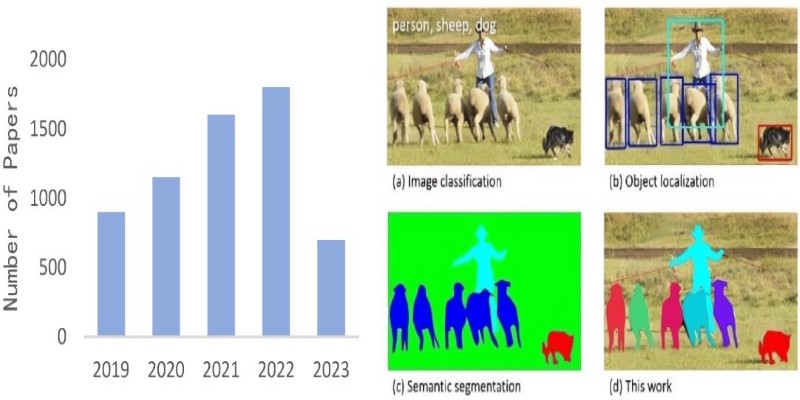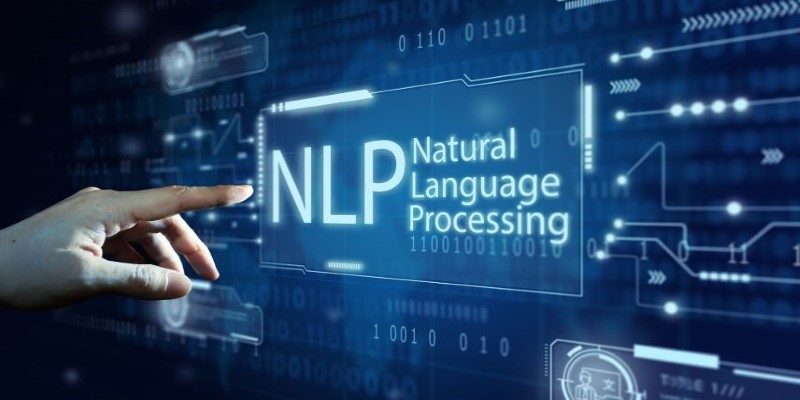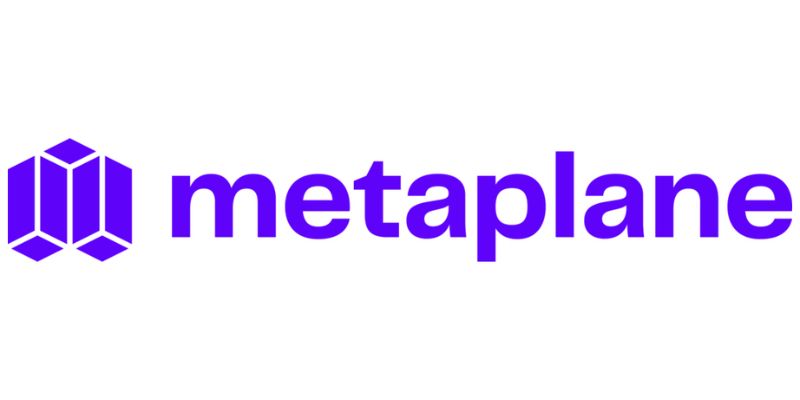Understanding how machines perceive the world is one of the core challenges in artificial intelligence. In recent years, deep learning has made tremendous strides in enabling computers to interpret images with remarkable accuracy. One of the most advanced techniques in this field is semantic segmentation, which allows machines to not only detect objects but also classify every pixel in an image.
This capability plays a crucial role in applications like medical imaging, self-driving cars, and augmented reality. While the concept might sound complex, the way it works can be broken down into fundamental steps.
The Basics of Semantic Segmentation
Semantic segmentation is a part of computer vision where each pixel of an image is labeled based on the category to which it belongs. In contrast with object detection, where bounding boxes are drawn on objects, semantic segmentation shows a much higher level of detail since each pixel is assigned a class. For instance, in a street scene image, this method can identify cars, pedestrians, roads, and buildings by tagging each region of the image appropriately.
This level of precision is essential in many fields. In medical imaging, it aids physicians in distinguishing and locating organs and possible tumors in scans. Autonomous cars enable vehicles to comprehend their environment by sensing road markings, roadblocks, and pedestrians. The concept of semantic segmentation is straightforward—segment an image into its most relevant pieces and label each area correctly.
At the center of this process is a form of artificial neural network called a convolutional neural network (CNN). CNNs are specifically designed to identify patterns and extract features in images and are hence suited for segmentation tasks. However, normal CNNs would require some adjustments to deal with pixel-wise classification, so they have evolved specialized architectures for semantic segmentation.
How Semantic Segmentation Works?
Semantic segmentation goes through a series of steps that convert an input image into an output that is pixel-wise classified. This starts with feature extraction, with the convolutional layers in a Convolutional Neural Network (CNN) identifying prominent features such as edges, textures, and shapes in an image. Such extracted features make it easy for the model to comprehend the objects in the image. The features are more abstract as the network becomes deeper, making it easier to comprehend.

Next, the classification phase assigns a label to each pixel in the image. Unlike traditional CNNs that end with a fully connected layer, Fully Convolutional Networks (FCNs) use convolutional layers throughout the network, preserving spatial information. This enables the model to generate a pixel-wise classification map, offering finer details than a simple object detection approach.
To enhance accuracy, segmentation models use skip connections to retain fine details from different layers. Without these connections, important elements could be lost, resulting in blurry or imprecise segmentation. The encoder-decoder architecture is another useful tool. In this architecture, the encoder reduces the image size while maintaining important patterns, and the decoder upsamples the features to reconstruct the image at its original resolution.
Finally, post-processing techniques like Conditional Random Fields (CRFs) smooth out predictions, ensuring neighboring pixels of the same object are classified consistently. This step is vital for achieving sharp, precise segmentation boundaries, which is crucial for real-world applications.
Applications and Challenges
Semantic segmentation has found widespread use across multiple industries, solving problems that require detailed scene understanding. In healthcare, it plays a vital role in medical imaging, where it helps segment organs, tissues, and abnormalities in X-rays, MRIs, and CT scans. Precise segmentation aids in diagnosis, treatment planning, and surgical navigation.
The automotive industry heavily relies on segmentation for autonomous driving. Self-driving cars use segmentation to detect lanes, traffic signs, vehicles, and pedestrians, enabling them to make safe driving decisions. Without accurate segmentation, these vehicles would struggle to navigate roads reliably.
Another field benefiting from this technology is agriculture, where segmentation helps analyze satellite images and drone footage. By classifying different land types, crops, and water bodies, farmers can more effectively optimize land use and monitor plant health.
However, despite its success, semantic segmentation comes with challenges. One major difficulty is computational cost. Deep learning models require immense processing power, especially for high-resolution images. Training large segmentation networks demands GPUs with significant memory and computational capacity.
Another challenge is data annotation. Unlike regular classification tasks where labeling an image is straightforward, segmentation requires pixel-level annotations, which is time-consuming and expensive. Creating high-quality datasets for training models remains a bottleneck in the field.
Additionally, segmentation models sometimes struggle with class imbalance. In many images, certain objects dominate while others are rare, leading to poor predictions for less common classes. Techniques such as weighted loss functions and data augmentation help address this issue, but it remains a persistent challenge.
The Future of Semantic Segmentation
The future of semantic segmentation is bright, with continuous advancements in model architectures and training techniques. One exciting development is the integration of transformer-based models, such as Vision Transformers (ViTs), which capture long-range dependencies more effectively than traditional CNNs. Additionally, semi-supervised and unsupervised learning is gaining traction, allowing models to learn from unlabeled data and reduce reliance on manual annotations.

Edge computing is also transforming the field, enabling real-time applications like augmented reality and mobile AI to perform segmentation tasks efficiently on devices like smartphones and drones. As AI evolves, semantic segmentation will play a crucial role in areas like healthcare and autonomous driving, with ongoing research pushing the boundaries of what machines can understand at the pixel level.
Conclusion
Semantic segmentation is a powerful technique in computer vision that enables machines to classify every pixel in an image for detailed scene understanding. Despite challenges like high computational demands and data annotation, advancements in transformer models, self-supervised learning, and edge computing are driving progress. As AI improves, semantic segmentation will become more efficient, transforming industries like healthcare, autonomous driving, and agriculture. This technology is reshaping how machines interact with the world, unlocking new possibilities for intelligent decision-making and automation.











